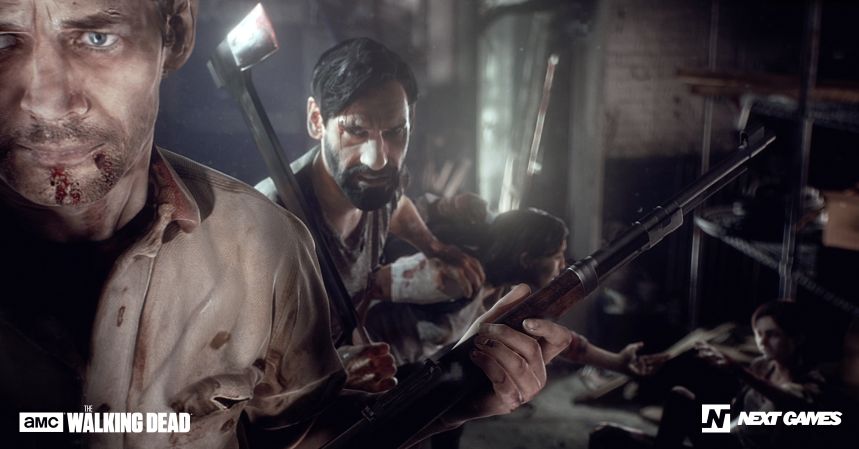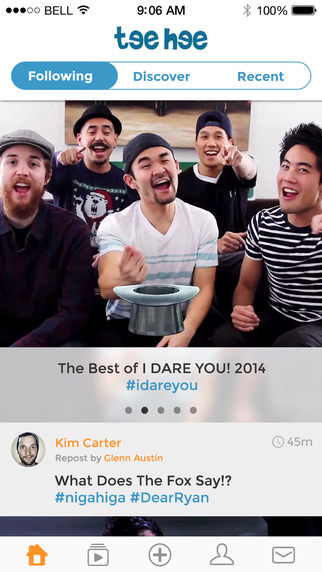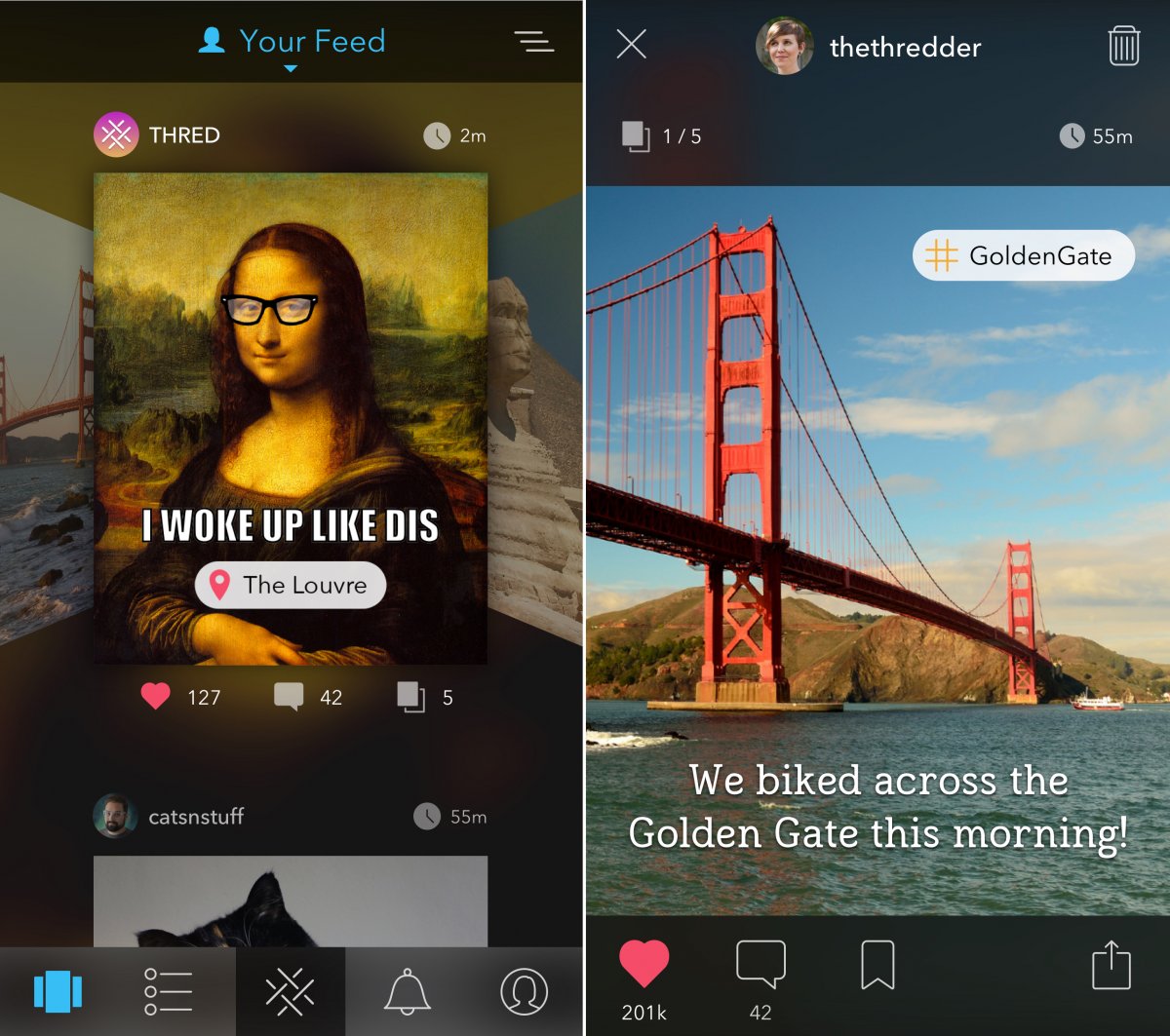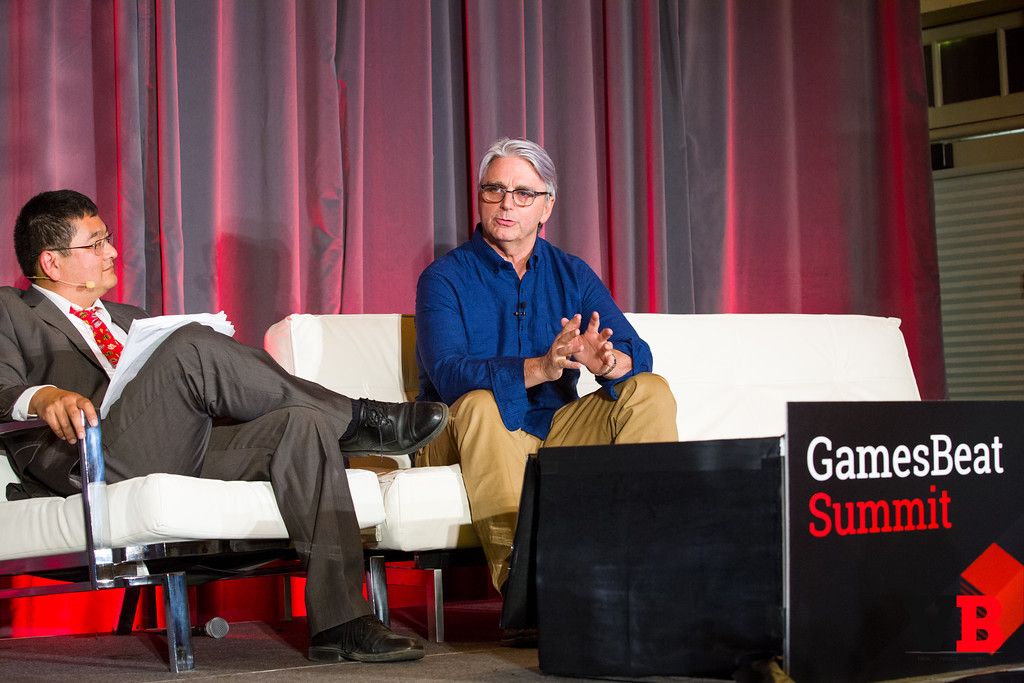The president of Lionsgate Interactive, Peter Levin, was at GamesBeat Summit to speak about how his studio is redefining the relationships between games, movies, and television. He spoke with [a]listdaily about how the nature of licensing is changing and other topics. This is the first part of that interview.
You’ve been at Lionsgate Interactive for almost exactly a year now. What has that first year been like, and what have you accomplished?
Lionsgate decided to take a leap into the big world of interactive entertainment and gaming. Everything from an investment portfolio within a year to very creatively bringing our IP into the world of gaming, and pulling third-party IP into Lionsgate. They’ve just embraced it. I keep looking over my shoulder for the other shoe to drop, but I’m having way, way too good of a time thus far.
You’re not just doing one kind of deal at Lionsgate Interactive, but many different kinds of deals. Why such a variety?
The traditional dynamics between the entertainment industry and the games business was that very dysfunctional licensee/licensor “you’re going to write me a check for X amount of millions, and I’m going to take too long to get back to you to do the deal, and you’re not going to have enough time to develop a good game so I’m going to tell my marketing team not to answer your phone calls or emails” and then I move onto the next person. And then I parse my rights out as many times as possible. “Oh, you have a sub-continental theme to your font That’s a new vertical for XYZ IP.” That hasn’t worked for 20 plus years and we have the ability as Lionsgate to have a fresh palette, with respect to this whole games activity and exercise. So we don’t have a shareholder base that is reluctant, we don’t have a board that is gunshy, we don’t have a management team that is looking in their rearview mirror at roadkill. We do have the luxury of entertaining all types of deal constructs. So whether it is a more traditional licensee/licensor (we will do very few of those), we will invest, we will supercharge an equity position by contributing an IP — we like that model a lot because it aligns interests. And in the freemium and free-to-play space, when these experiences can have multiple years of shelf life, it’s a wonderful way to align interests.

When you’re looking for partners among developers, what’s the key thing you’re looking for?
My master’s degree in the obvious but it’s team, and it really is a passion for that particular IP. We have 16,000 titles in our library, so we’ve had a lot of people come at us and say “I’m obsessed with The Dresden Files.” I didn’t know we made The Dresden Files… I didn’t even know what the show was. God bless them, this developer said “I don’t care about anything else, I just want this IP.” We’re going to work really hard to bring that relationship to fruition because those guys are going to kill themselves. They are going to do whatever they can to make a kick-ass experience and an awesome game. We want to treat our game developers the same way we treat film directors on the film side of the house, and showrunners on the television side of the house. As preciously as we do any other medium that’s adapting an IP.
You’ve talked about how the traditional licensing relationship has changed at Lionsgate. Is that happening elsewhere in the industry? Is there still a lot of traditional licensing going on?
There’s both. Warner’s is just crushing it, and they are ones who suffered from roadkill in the past. They have a management team that gets it. Kevin Tsujihara gets it. And yes, you see a lot of the same old, same old. Seven or eight SKUs based on an IP, it’s confusing to the consumer, it’s confusing to everybody. It’s not long-term advantageous to the IP rights holder, nor is it advantageous to the publisher or developer. The problem is that you’re also seeing kind of a quasi-frothy marketplace, where a lot of developers are raising capital, so they overpay for a license and that helps their narrative in the marketplace. The net result is they’re competing with seven or eight others for a similar IP and no one wins in that scenario. You’re definitely seeing more, I think, of the embracing of the games vertical as a tried and true business environment in which to adapt your IP, and that’s driven by the economics. You can no longer argue with the economics.
What’s the most exciting thing to you happening in the games industry right now?
I would say the the true collaboration and alignment of interests of the game industry and the entertainment industry. It’s never happened before. You’ve got multiple titles in the top ten or twenty-five, in any marketplace on Earth, you’re going to see evergreen IP brands present. Those brands coupled to best-of-breed publishers and developers, that just hasn’t happened before. That is extremely exciting regardless of where the industry is going right now. There is a true hand-in-hand collaboration that just did not exist before.
We’re seeing a lot more quality on all levels, with a lot more good TV and movies and games, and there’s more outlets for them.
The wonderful thing about what television has done — this second golden age of television — the very intimate conduit that you can create as a developer or a publisher with an IP rights holder, it’s unprecedented. I think what you’ll start to see, and hopefully sooner rather than later, is there’s efficiencies in messaging to that audience. So between seasons of, for example, The Walking Dead — and AMC and Lionsgate are co-investors in Next Games — you’ll see clever ways of messaging to those twenty million people that watch The Walking Dead every Sunday night so that you don’t have to spend as much in environments where there aren’t as transparent the metrics in terms of engagement in the consumption of your messaging. If someone has downloaded that game, and they’re playing your game, they’re going to welcome that messaging. That’s not overbearing marketing or advertising, that’s “hell yeah I want to tune in for season whatever.”





 John Riccitiello
John Riccitiello
